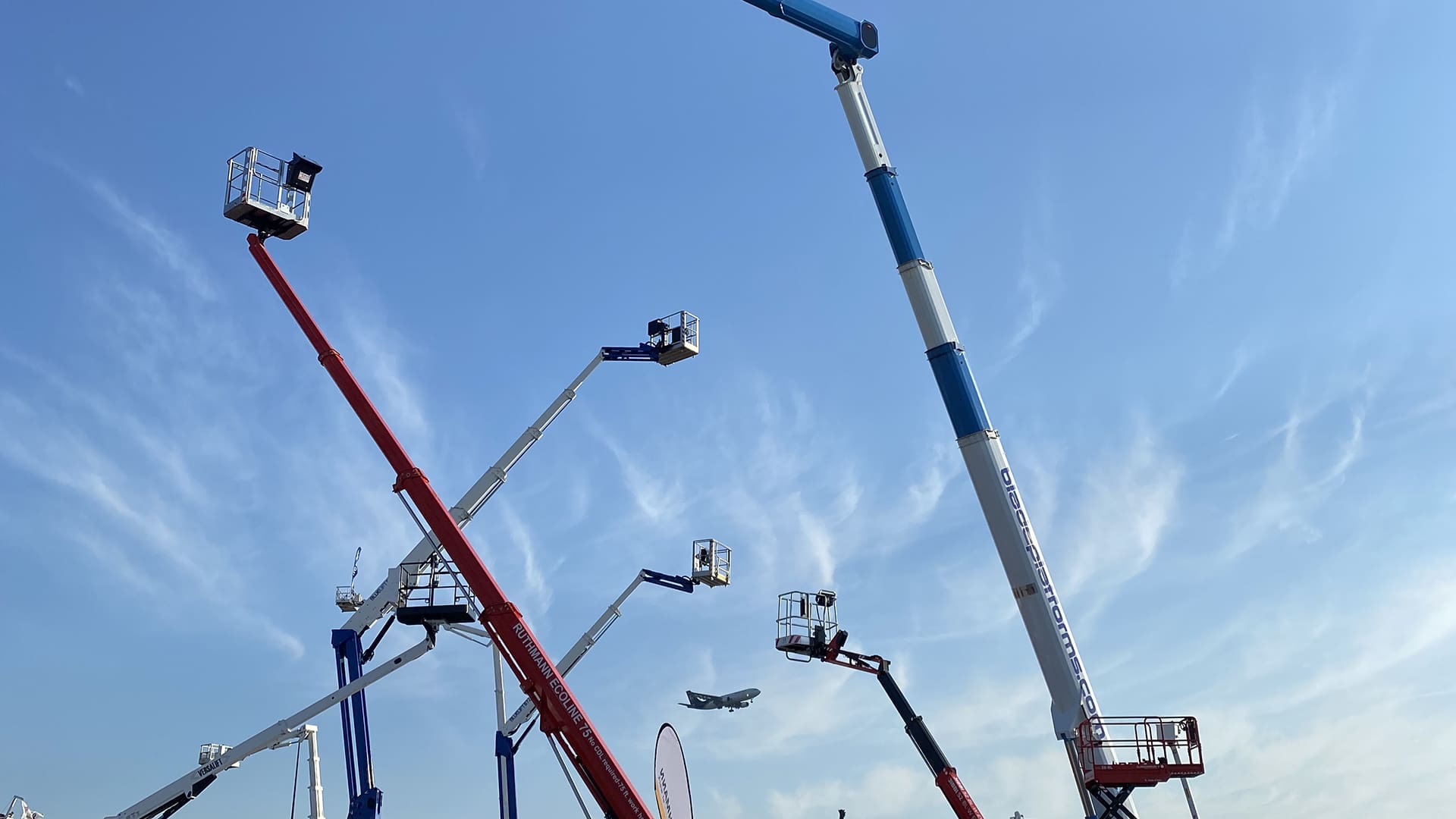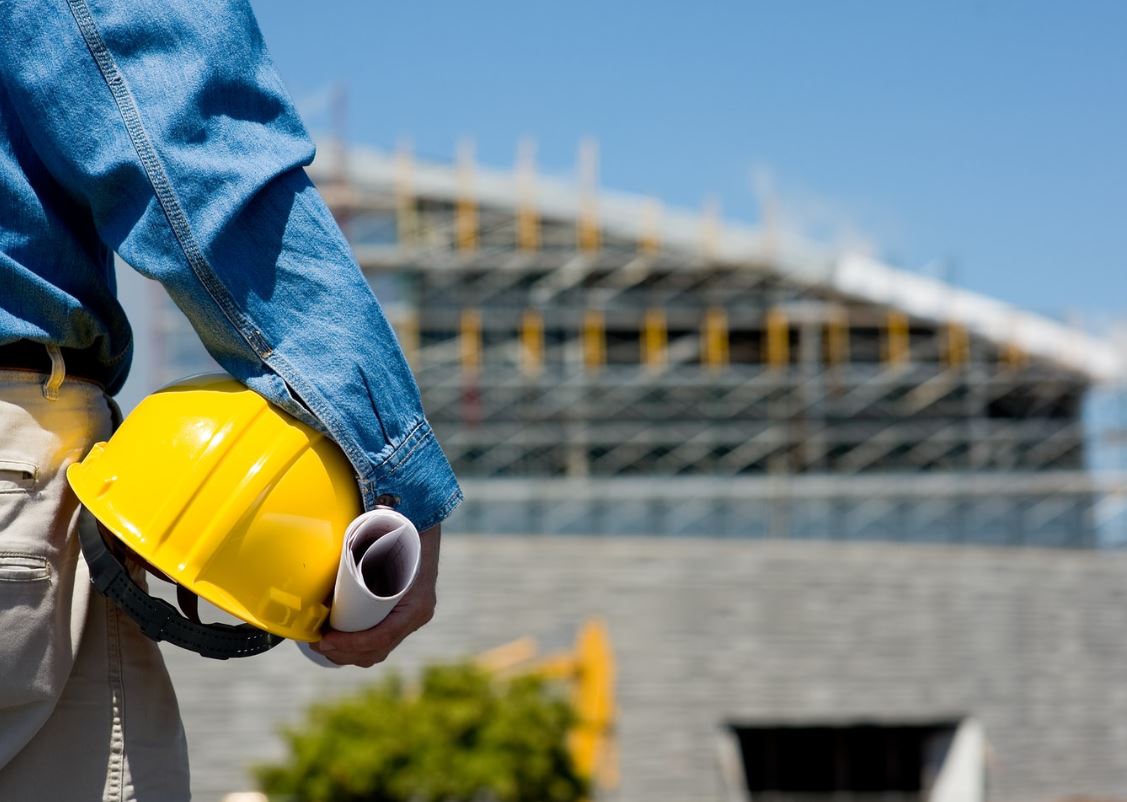When it comes to aerial work platforms, finding the right telescopic lift height for your project is crucial. Whether you’re in the construction industry, maintenance sector, or any other field that requires working at height, selecting the appropriate telescopic lift can make a significant difference in your project’s efficiency and safety. Blade Platforms understands the importance of this decision and is here to guide you through the process of choosing the ideal lift height for your unique requirements.
- Assessing Your Project Needs
Before diving into the specifics of telescopic lift heights, it’s essential to conduct a thorough assessment of your project requirements. Consider the following factors:
a. Work Environment: Take into account the type of terrain and working conditions. Are you working on rough, uneven ground, or is it a smooth, level surface? Understanding your work environment is crucial for selecting a lift that can handle the conditions.
b. Task at Hand: What specific tasks will you be performing with the telescopic lift? Different projects may require varying heights for optimal access and efficiency. Tasks could include painting, tree trimming, construction, or maintenance.
c. Weight and Material Handling: Will you need to lift heavy materials or equipment alongside your work tasks? The lift’s weight capacity should align with your material handling needs.
d. Access Requirements: Consider any obstacles or barriers you might encounter at the worksite. The lift’s ability to navigate around these obstacles is essential for a smooth workflow.
e. Vertical Reach: How high will you need to work? This is a critical factor in determining the required telescopic lift height. Accurately measuring the height of your work area ensures you don’t end up with a lift that’s too short or too tall for the job.
- Understanding Telescopic Lift Height Options
Telescopic lifts, also known as boom lifts or bucket trucks, come in various sizes and configurations. Understanding the different height options available will help you make an informed decision:
a. Low-Level Telescopic Lifts: These are ideal for tasks requiring relatively low working heights. They are compact, lightweight, and easy to maneuver in tight spaces. Low-level telescopic lifts typically offer a maximum working height of up to 30 feet, making them suitable for tasks like indoor maintenance and light construction.
b. Mid-Range Telescopic Lifts: When your project calls for working at moderate heights, mid-range telescopic lifts are a solid choice. They offer versatility and can reach heights of up to 60 feet. This range is suitable for tasks such as exterior building maintenance and tree trimming.
c. High-Reach Telescopic Lifts: For projects demanding access to extreme heights, high-reach telescopic lifts are the go-to option. These heavy-duty machines can extend to heights exceeding 100 feet, making them indispensable for construction, bridge maintenance, and other high-rise applications.
- Evaluating Stability and Terrain
The stability of your chosen telescopic lift is paramount, especially when working at height. Factors to consider include:
a. Outriggers: Many telescopic lifts are equipped with outriggers that provide additional stability. Ensure that the lift’s outriggers are suitable for the terrain you’ll be working on. Rough terrain models are designed for uneven ground, while indoor models are better suited for smoother surfaces.
b. Weight Distribution: Pay attention to the weight distribution on the lift. Overloading or uneven weight distribution can compromise stability and safety. Always adhere to the manufacturer’s weight limits and guidelines.
c. Wind Conditions: Wind can significantly affect the stability of a telescopic lift, especially when fully extended. Be aware of the wind conditions at your worksite and follow safety protocols accordingly. Some lifts are equipped with sensors that can detect wind speed and adjust their operations accordingly.
- Ensuring Operator Safety
Safety should be your top priority when choosing a telescopic lift height. Here are some safety considerations:
a. Operator Training: Ensure that anyone operating the telescopic lift is properly trained and certified. Operator error is a leading cause of accidents, so investing in comprehensive training is essential.
b. Safety Features: Check for the presence of safety features such as emergency shut-off switches, fall arrest systems, and control interlock systems. These features can save lives in case of an emergency.
c. Regular Maintenance: Regular maintenance and inspections are crucial to keeping the telescopic lift in optimal working condition. Establish a maintenance schedule and adhere to it to prevent unexpected breakdowns or accidents.
d. Safety Guidelines: Familiarize yourself and your team with the manufacturer’s safety guidelines and best practices. Following these recommendations can prevent accidents and injuries.
- Cost Considerations
The cost of renting a telescopic lift varies depending on its height, capacity, and features. While it’s essential to choose a lift that meets your project needs, it’s also important to stay within your budget. Consider the following cost-related factors:
a. Rental Rates: Compare rental rates from different providers to get the best deal. Some companies may offer flexible rental options, including daily, weekly, or monthly rates.
b. Fuel Efficiency: Take into account the fuel efficiency of the lift, especially if you’ll be using it for an extended period. Fuel costs can add up, so choosing a more fuel-efficient model can save you money in the long run.
c. Transportation Costs: If you need to transport the telescopic lift to different job sites, factor in transportation costs, including trailer rental and fuel.
d. Insurance: Verify whether insurance coverage is included in the rental agreement. If not, consider purchasing additional coverage to protect your investment.
- Making the Final Decision
Now that you’ve considered all the essential factors, it’s time to make your decision. To recap, here’s a step-by-step approach:
a. Assess Your Project Needs: Thoroughly evaluate your project requirements, including the work environment, tasks, weight handling, access, and vertical reach.
b. Choose the Right Height Range: Based on your assessment, select the appropriate height range – low-level, mid-range, or high-reach.
c. Consider Stability and Terrain: Ensure the selected telescopic lift is stable and suitable for the terrain at your worksite.
d. Prioritize Operator Safety: Confirm that your team is adequately trained, and the lift has essential safety features.
e. Factor in Costs: Stay within your budget by comparing rental rates, considering fuel efficiency, transportation costs, and insurance.
f. Review and Confirm: Double-check your decision against your project’s requirements and budget, and confirm your choice with the rental provider.
Conclusion
Choosing the right telescopic lift height for your project is a critical decision that can impact both the efficiency and safety of your work. By carefully assessing your project needs, understanding the available height options, evaluating stability and terrain, prioritizing operator safety, and considering costs, you can make an informed choice. Blade Platforms is here to assist you in finding the perfect telescopic lift for your unique project, ensuring that you reach new heights of success in your endeavors.
____________________________________________________________
About Blade Platforms – Aerial Platform Rental, Mobile Elevated Working Platform Rental in North America
If you have been searing “aerial work platform rental near me” with no luck so far, you are in the right place. Our specialists will provide aerial work platform operator training so you get the most out of our equipment. Reach out to Blade Platforms today to get started.
Over the last 30 years we have proven in Europe that MEWPs/AWPs are the safest and most efficient way aerial height access. Since 2009 this concept is finally available here in the US. We have transformed the aerial lift industry by owning, leasing and operating a reliable fleet of MEWPs/AWPs in North America. Our fleet consists of top-of-the-line truck-mounted aerial platforms ranging from 108 feet to 336 feet and tracked spider lifts ranging from 50 feet to 165 feet.



